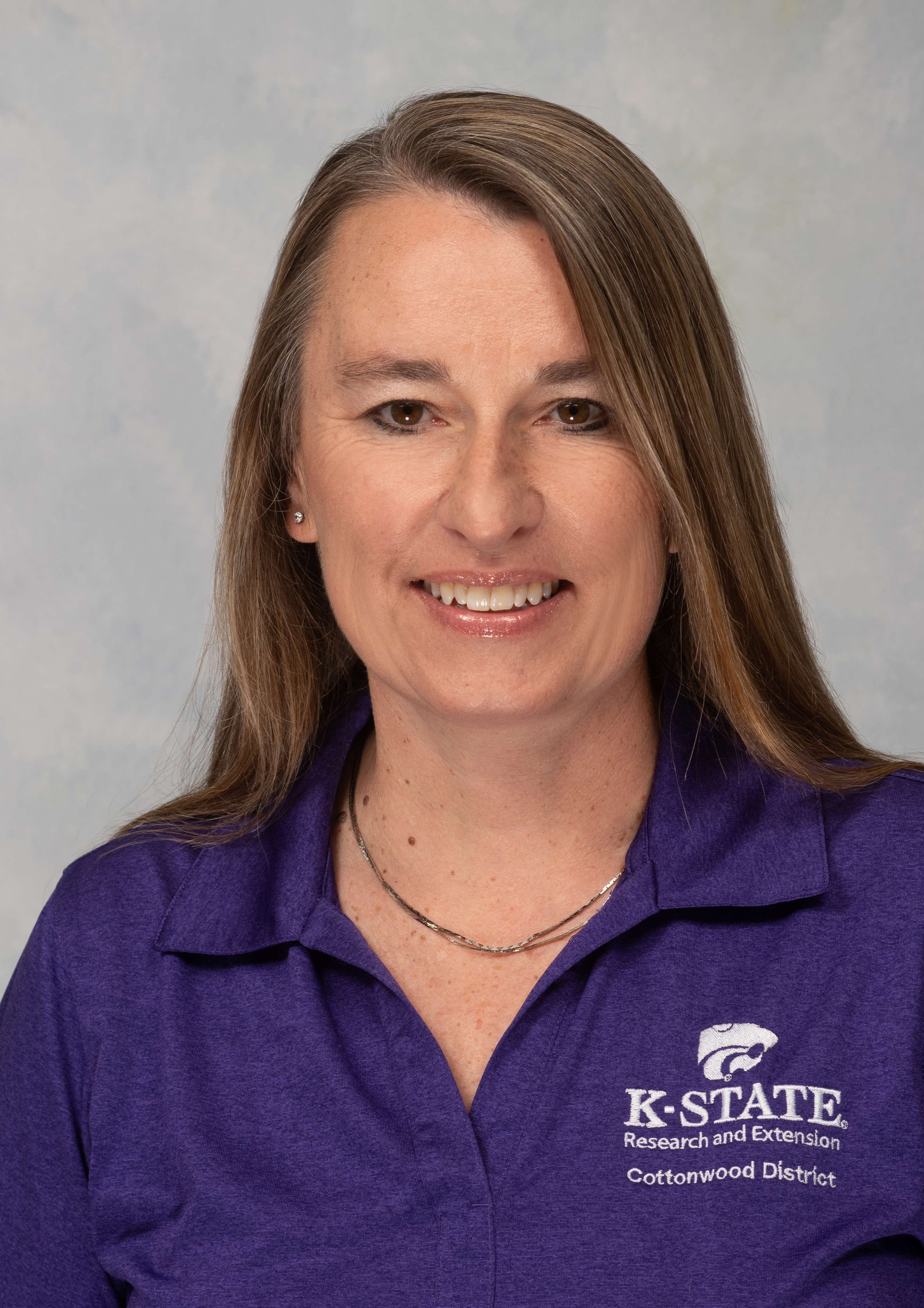
Live in Kansas and the Midwest for very long, and it becomes commonplace to expect a wide variety of spring and summer weather. Tornadoes, damaging winds, large hail, flash flooding and lightning often dominate the news headlines in this part of the country.
But Chip Redmond says those weather hazards can happen most anytime of year.
“You can’t just focus on a couple weeks of the year,” said Redmond, manager of the Kansas Mesonet, a network of weather monitoring stations throughout the state. “For example, we see tornadoes most often in the spring and early summer, but we could see them year-round. We’ve had tornadoes in December before.”
The National Weather Service in Topeka has designated March 6-10 as Severe Weather Preparedness Week in Kansas, including a statewide tornado drill on Tuesday, March 7 at 10 a.m. All Kansans are urged to participate in the drill by practicing the plans they have in place for seeking shelter from a tornado.
“You’ve got to keep that plan fresh,” Redmond said. “Anytime there’s a wind threat, whether it’s a tornado or severe winds, the best thing to do is to get centrally located in your house – typically a bathroom that has four interior walls around it, or underneath the stairwell in a basement. You want as many walls between you and the outside in all directions.”
Redmond suggests people keep a weather safety kit that includes such items as non-perishable food, blankets, boots, extra clothes, helmets, weather radio, batteries, a charging device for phones and even a map to track the path of the storm while listening to news reports.
He also recommends that parents practice the plan with children well in advance of severe weather threats; doing so helps to ease children’s anxiety in a real emergency.
Though parts of Kansas are starved for rain, flash flooding is also a common threat in spring and summer. It’s also a tricky threat.
“Honestly, flash flooding kills more people than tornadoes in most years,” Redmond said. “That’s because people really underestimate the power of water.”
He said water can quickly rise in areas that people don’t expect – such as across a roadway – and the current is often turbulent.
“There’s a good meteorologist slogan for when water’s on the road: ‘Turn Around, Don’t Drown,’” Redmond said. “You don’t know what kind of turbulence and current that water has underneath, and for that matter, you don’t know the state of the road underneath the water. Find another way to your destination.”
To stay safe from lightning, the meteorologist’s advice is ‘When Thunder Roars, Go Indoors.’ Lightning strikes the U.S. 25 million times a year, according to the National Weather Service, accounting for an average of 47 deaths.
“Staying safe in severe weather really is having situational awareness all the time,” Redmond said. “Whether you’re driving down the road or going to bed at night, know the forecast and know what’s going on around you all the time. Forecasts aren’t perfect; they can change very quickly. So make a habit of checking the weather in the morning, during the day and before you go to bed.”
More weather safety tips are available online from the National Weather Service. More information on Kansas weather conditions, including up-to-date forecasts, is available online from the Kansas Mesonet.
# # #
What’s the difference between a weather watch and warning
The National Weather Service issues alerts on severe weather based on the immediacy of a storm. Knowing the terms associated with weather alerts can help you stay safe.
A storm watch means that severe weather has not yet occurred, but weather conditions are expected to produce potentially dangerous weather.
A storm warning means that meteorologists have already observed severe conditions, and dangerous weather is imminent in your area or location. Take appropriate action as quickly and safely as possible.
Sometimes, a weather advisory is issued, indicating a less serious condition compared to warnings, but still requires residents to take appropriate precautions to avoid threats to life or property.
Monique Koerner is the Family and Community Wellness Agent with K-State Research and Extension – Cottonwood District. You may reach her at: 785-628-9430 or moniquek@ksu.edu. K-State Research & Extension is an equal opportunity provider and employer.




